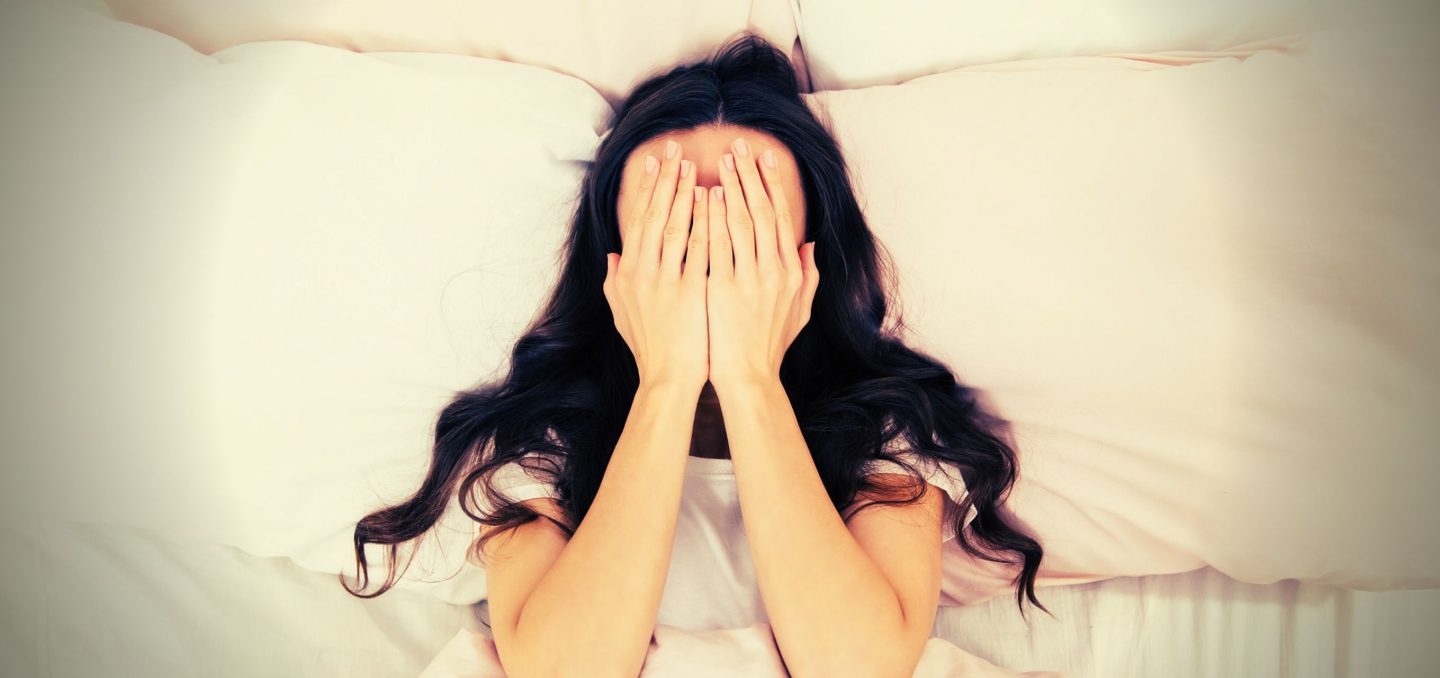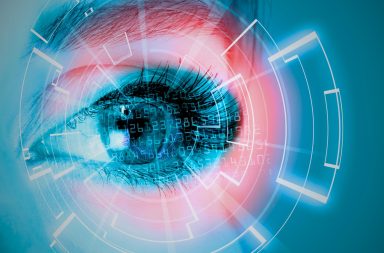Sleep problems like insomnia affect people all over the world with about 15% of people suffering from insomnia globally and over 200 million in China.
Sleep disorders (including insomnia) are mostly treated with Cognitive Behavioral Therapy (CBT-I). In China, traditional face-to-face CBT-I therapy isn’t practical, due to the overwhelming number of insomnia patients, the time-consuming process, and the relative shortage of professional therapists.
In the past decade, self-service digital CBT-I applications (apps) for insomnia patients have been developed and proven effective in Western countries.
A clinical trial to analyse digital treatments for insomnia
According to a single-blind randomized clinical trial, conducted from March 2021 to January 2022, Chinese culture-adapted DCBT-I improves insomnia severity more than sleep education.
Screening and randomization were carried out at Peking University First Hospital with follow-up visits also being performed there or online.
After assessing eligibility, they formed sleep education groups and a DCBT-I group in a 1:1 ratio according to random numbers. The collected data were analyzed in the first months of 2022.
More info on the clinical trial can be found here
Interventions, outcomes and measures
In both of the groups (DCBT-I and sleep education), the participants had access to a Chinese smartphone-based application for 6 weeks, with follow-ups at 1, 3 and 6 months.
Participants in the DCBT-I (intervention group) received a 6-week self-guided DCBT-I, supplied with a smartphone application called resleep, which included sleep hygiene education, stimulus control, relaxation therapy, sleep restriction, and cognitive therapy.
The other participants (control group) received sleep hygiene education and stimulus control information, with relevant content that overlapped with the corresponding modules of the DCBT-I.
Insomnia Severity Index (ISI) score was the primary outcome using the intention-to-treat principle. Secondary and exploratory outcomes included sleep diary measures; self-reported scales assessing dysfunctional beliefs about sleep, mental health, and quality of life; and smart bracelet measures.
There were 97 total individuals screened for eligibility, of whom:
- 6 had an ISI of 14 or less;
- 3 had insomnia for less than 3 months;
- 4 were engaged in night shifts;
- 1 reported comorbid cancer;
- 1 was not present for screening after enrollment;
- 82 were assigned equally to the sleep education and DCBT-I groups;
- 5 did not complete the 6-week treatment;
- 1 did not complete the 1-month follow-up;
- 1 did not complete the 3-month follow-up;
- 2 did not complete the 6-month follow-up.
The 6 weeks program was completed by only 77 participants, which were included in the full analysis data set.
Conclusions
The app reduced the severity of insomnia and improved the quality of sleep. This result suggests that culturally adapted DCBT-I is suitable for the large population of patients with insomnia in China. Although, there’s a need for large multicenter trials to validate the effectiveness of this treatment in Chinese populations.



